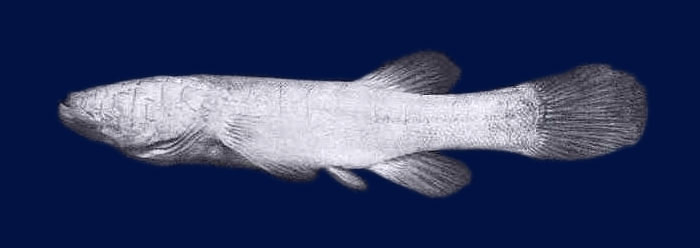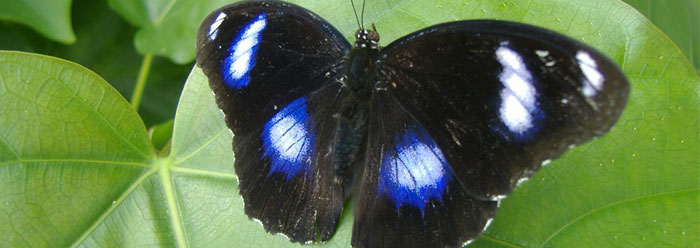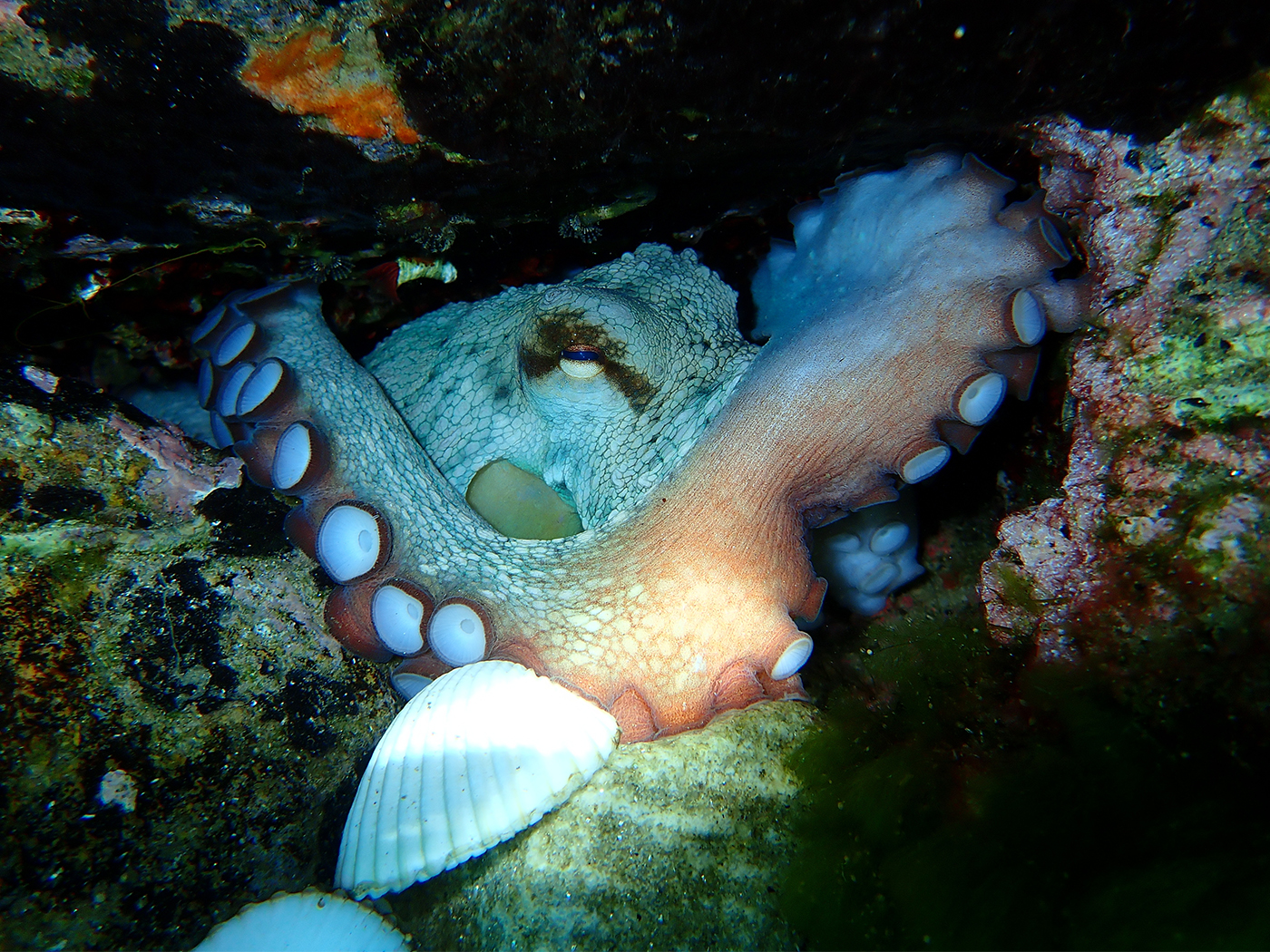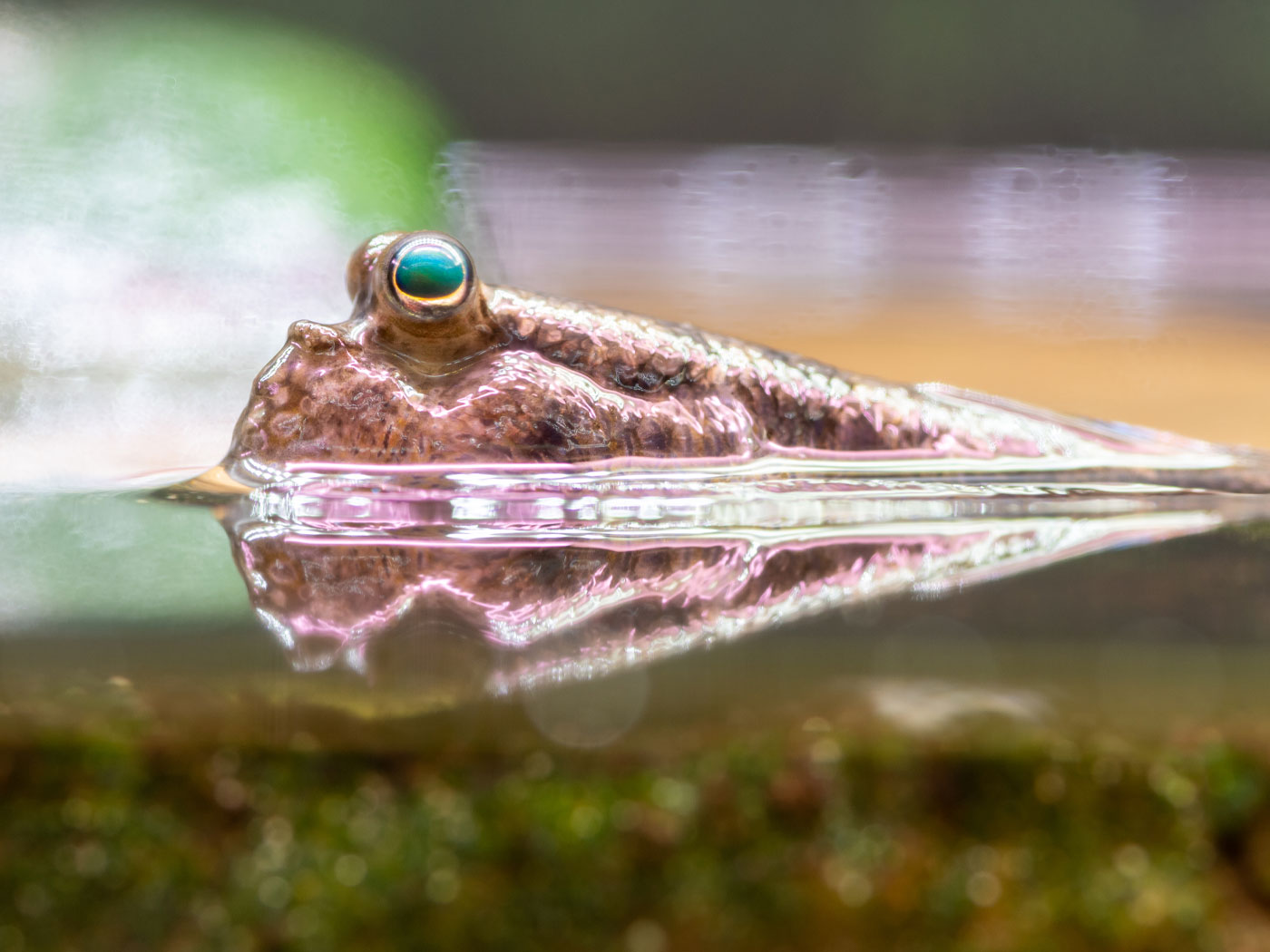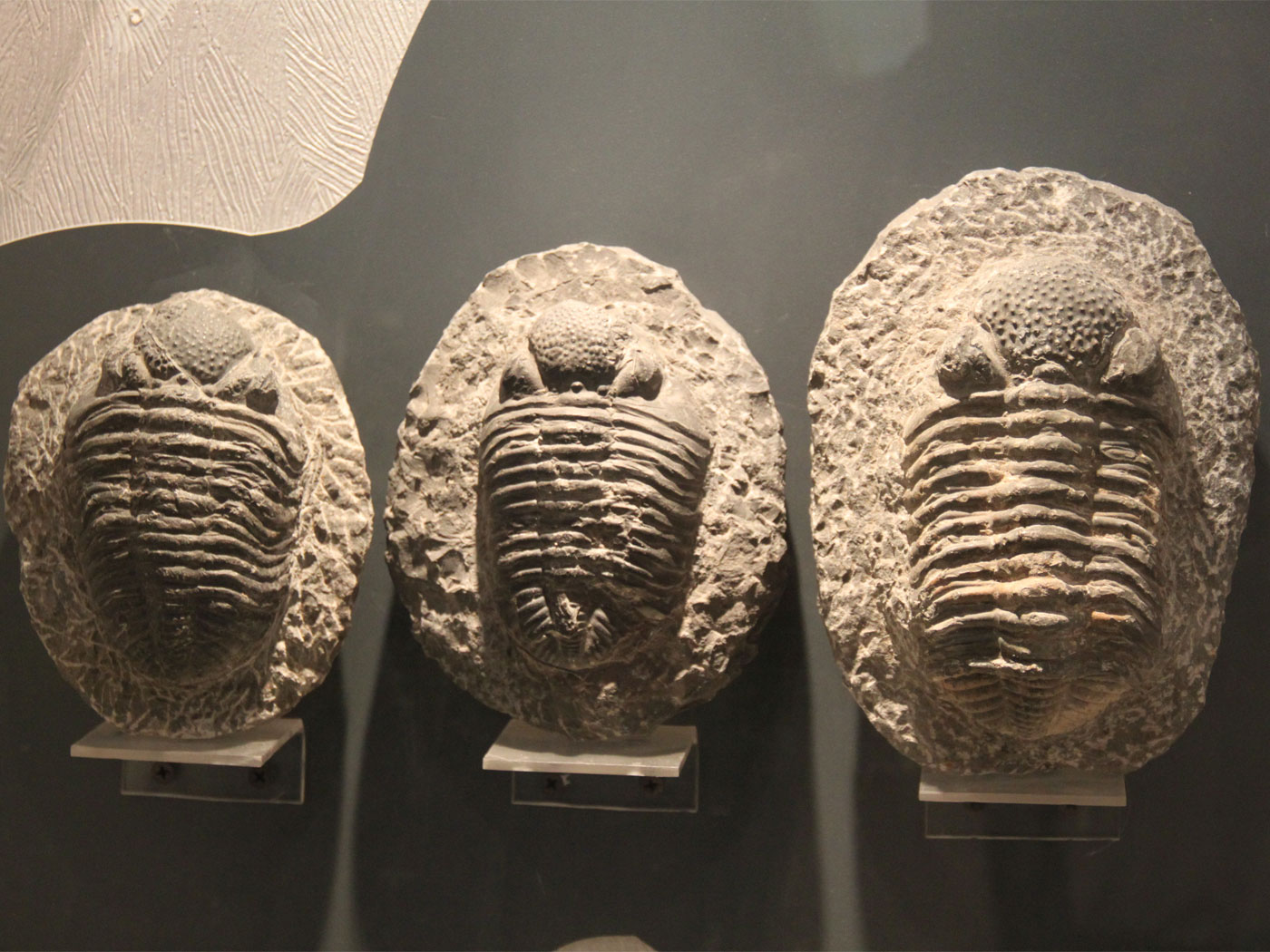Evolution maintains that as more time passes, living things evolve to acquire better and more useful traits. As such, shouldn't the loss of a useful trait, such as eyesight, be regarded as the opposite of evolution? Not so, say recent news reports on blind fish.
Biologists compared DNA sequences from 11 populations of cavefish (Astyanax mexicanus), which are a blind variation of the Mexican tetra fish, to 10 related fish populations that have the ability to see. Since they can interbreed, they "are the same species."1
A New York University news release attributed the fishes' loss of sight to "convergent evolution," which makes little sense if evolution, as neo-Darwinists describe it, is supposed to generate new features and functions.
The blind fish do not trace their lineage to just one blind ancestor. In fact, the study authors wrote in BMC Evolutionary Biology, "The results also demonstrate that cave populations in the region studied arose at least five times independently and derive from two different ancestral stocks."2
Lead researcher Martina Bradic said, "Whatever the advantage of the eyeless condition, it may explain why different populations of A. mexicanus cave fish have independently evolved the same eyeless condition, a striking example of convergent evolution."1 The study authors also wrote that these fish "will continue to be a rich source for study of adaptive evolution."2
But obtaining the fish sight system required an input of a massive quantity and quality of information. And making the fish blind merely required the loss of some of that information. How could attributing these opposite processes to "evolution" be scientifically accurate?
The study of blind cavefish can undoubtedly contribute valuable insight into the genetics of trait variations and the fishes' potential to adapt and survive in varied environments. But because evolution is supposed to make new traits or develop new and useful genetic information, mere losses and variations should not be called evolution.
References
- Advantages of Living in the Dark: The Multiple Evolution Events of 'Blind' Cavefish. New York University news release, January 20, 2012.
- Bradic, M. et al. 2012. Gene flow and population structure in the Mexican blind cavefish complex (Astyanax mexicanus). BMC Evolutionary Biology. 12: 9.
* Mr. Thomas is Science Writer at the Institute for Creation Research.
Article posted on February 7, 2012.




